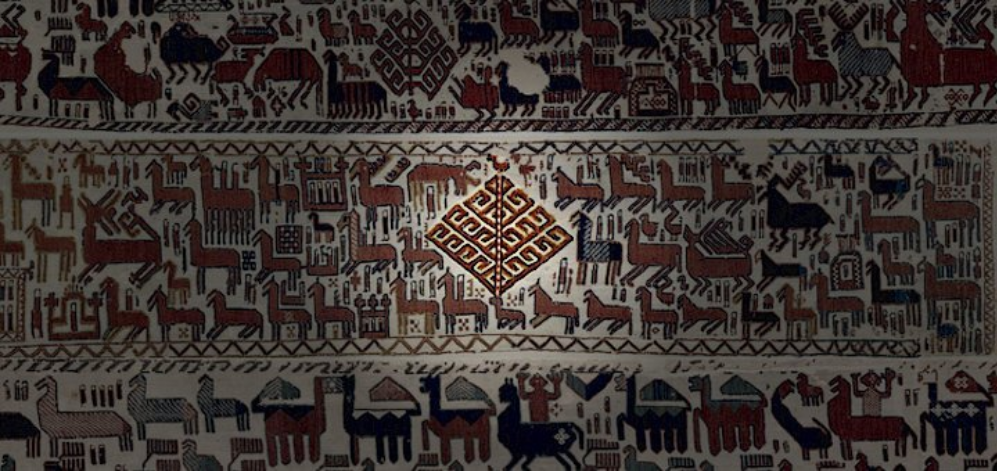Överhogdal Tapestry: Well-Preserved and Breath-Taking Tapestry
Overhogdal was among the most famous and breathtaking tapestry. For many years, we have always debated the real interpretation of these textiles. In this blog post, we would briefly discuss the Overhogdal Tapestry.
In fact, the Overhogdal tapestry which always come with the plural noun.
The "Overhogdal Tapestries are a group of extraordinarily beautiful textiles that dated back to the Viking Age and the archaeologists discovered it in Overhogdal, Sweden.

But it wasn't until 1909 that a boy playing around the reconstruction of the small church in Overhogdal, Sweden. But the tapestries were kept inside the storage house. They were about to be pushed into oblivion but a man walked into the storage house and found out these tapestries. He must have sensed something historical about these tapestries that he decided to pull them out.
When the archaeological finds were covered with dust, the archaeologists decided that this textiles need a bath wash to reveal what it truly was.
Over the years, the scholars are yet to find out what is the preparation of all the Overhogdal Tapestry. Debates seem to never stop when it comes to the textiles' meanings. While many people believed that they depicted the Christians, others believed it belonged to a kind of Viking ritual. Recently, more and more people tend to believe that the Overhogdal Tapestry presented either Viking ritual or Viking mythological event.

Viking Overhogdal Textiles
They named each textile as IA, IB, II, III, and IV. The IA and IB probably depicted the scene of Viking ritual or army before Ragnarok. The people with the animals were passing through a giant tree which probably the Yggdrasil Tree of Life. On the top of the Yggdrasil was a small bird-like animal which could have been Gullinkambi the rooster that would crow when Ragnarok was approaching.
The textiles also featured many Viking ships as its major patterns. We can catch sight of these Viking ships in the Viking picture stones and runestones as well.

The material to make the textiles was linen and the pattern threads were wool from a rustic breed of sheep in the Viking Age. The colors of the textiles came from the vegetables dye. For example, they made the blue color from woad, red from madder root, and yellow from the weld.




